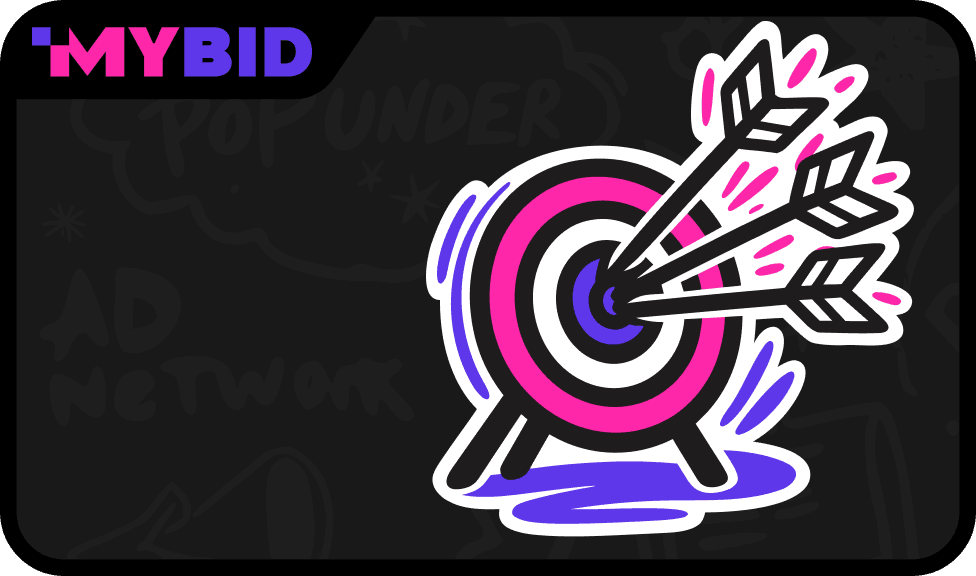
Understanding what is ad conversion is essential for any marketer who wants to measure campaign success. A conversion represents a specific action taken by a user—such as reaching a landing page, signing up, or completing a purchase. By setting up Conversion Goals, you can track these actions, evaluate your ad conversion rate, and apply conversion optimization strategies to improve results.
Conversion Goals are the backbone of performance marketing because they transform raw user actions into measurable business outcomes. Instead of simply tracking clicks or impressions, goals let you see how far customers progress through your funnel and whether each step contributes to revenue.
By setting up Conversion Goals, you can:
For example, analyzing how different landing pages influence conversion rates can reveal whether design, copy, or call‑to‑action placement is helping or hurting performance. A small change — like simplifying a form, clarifying the offer, or adjusting the headline — can directly increase conversions and, in turn, revenue.
In short, Conversion Goals give you the visibility and control needed to continuously refine campaigns, cut wasted spend, and maximize return on investment.
Your conversion tracking is now ready.
https://postback.mb-d.com/api/v1/postback?click_id={external_id}&goal_id=186&cost={cost}
Simply tracking conversions is not enough. To maximize ROI, you need to optimize conversion rates. This involves testing different landing page designs, refining ad copy, and applying website conversion optimization techniques. Marketers often ask, what is a good ad conversion rate? While benchmarks vary by industry, comparing your performance to the average ad conversion rate can help set realistic goals.
If you’re running paid campaigns, learning how to improve PPC ad conversion rate is especially important. Even small improvements in targeting, messaging, or landing page experience can significantly boost results.